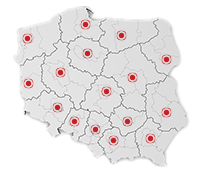Twój
ciepły dom
BUDMIX to doświadczona i znana w branży firma specjalizująca się w docieplaniu budynków metodą natrysku i nadmuchu materiałów izolacyjnych.
Docieplanie budynków i hydroizolacja dachów
BUDMIX to doświadczona i znana w branży firma specjalizująca się w docieplaniu budynków metodą natrysku i nadmuchu materiałów izolacyjnych. Wykonujemy także usługę hydroizolacji dachów z użyciem specjalistycznych powłok. Siedziba firmy znajduje się w miejscowości Firlej niedaleko Lublina. Naszym naturalnym terenem działania jest lubelskie oraz cały kraj. Zapoznaj się z ofertą firmy BUDMIX i skontaktuj się z nami w celu ustalenia szczegółów usługi.


Stropy i stropodachy
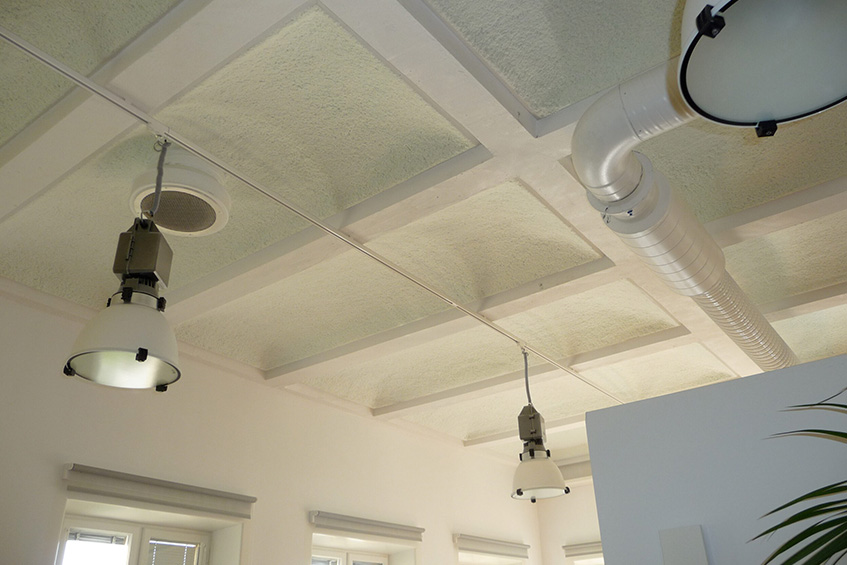
Poddasza
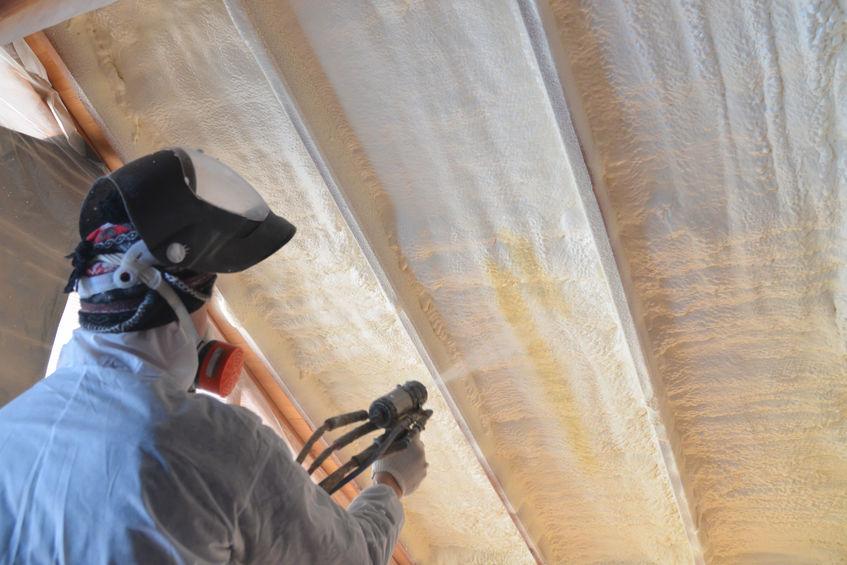
Ściany
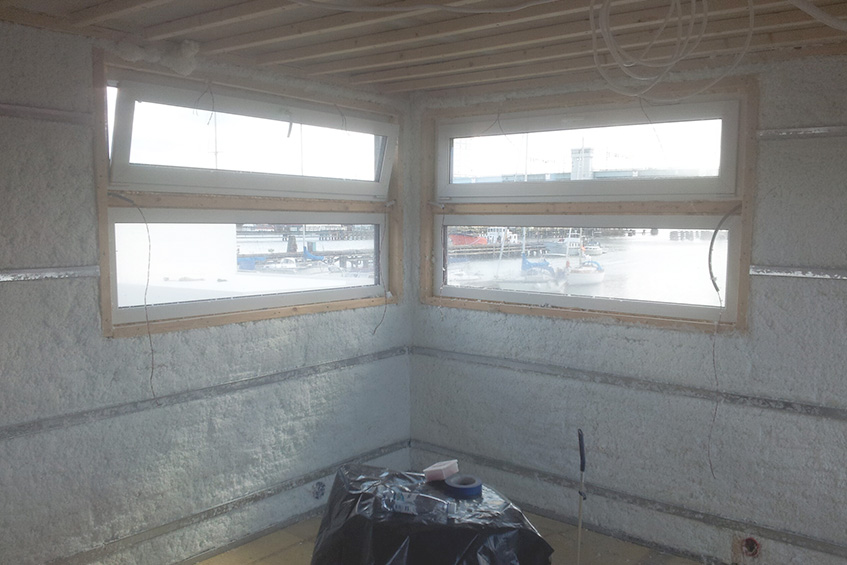
Stropy piwnic
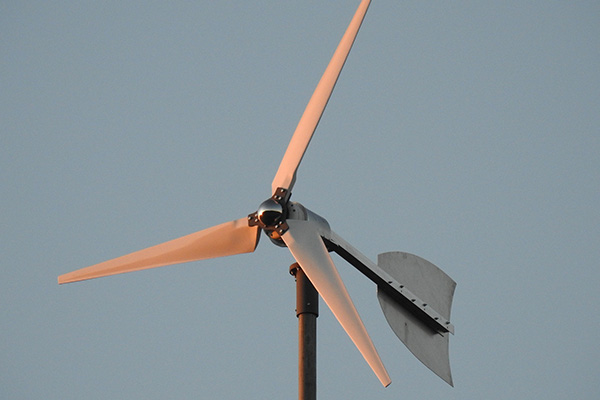
Nasza oferta
Firma BUDMIX posiada w ofercie następujące usługi
Opinie naszych klientów
Zespół wykonujący prace wywiązał się z zadań, prace zostały wykonane sumiennie i sprawnie.
Zespół Zarządców Nieruchomości Lublin
Firma „BUDMIX” posiada profesjonalny sprzęt do wykonywania tego typu robót.
Spółdzielnia mieszkaniowa w Świdniku
Firma „BUDMIX” jest godna polecenia i odpowiednio przygotowana do wykonywania robót na dość dużych b...
Radzyńska Spółdzielnia Mieszkaniowa






BUDMIX
Wykonanych zleceń
0
+
Zastosowanych izolacji
0
+
tys. m3
Oszczędzonej energii
0
+

